Affordable housing has declined since the mid-2000s, when the housing market crashed. Even with some recovery, the housing market took a big hit with COVID. Starter homes are a must. They infuse economic growth, curb a crowded homebuying market, and stabilize the ratio of renters to homeowners.
Homeownership isn’t just part of the American Dream. It’s a tangible reality for many, yet current trends make achieving this milestone seem far less attainable. But homes are still being built – not the “right” ones.
Modular Housing As Affordable Starter Homes

According to recent data from Statista, 144 million homes were built in the United States last year, a 1.1% increase. This is the highest annual increase in well over a decade.
The problem isn’t so much that homes are being built, but what types of homes are being built. Starter homes are built in lower capacities than higher-value multifamily units and build-to-rent units. Available homes are hard to find thanks to the competition for secure, affordable housing.
The basic building blocks of housing — skilled labor, materials, and supply chain infrastructure — are critical. An increase in material and supply chain costs and a labor shortage create a need for more supply.
Yet, if the demand increases, a more effective and efficient way to house people is the solution. We must address the skilled labor shortage and supply chain logistics impediments. One such solution is modular construction.
What Is Modular Housing?
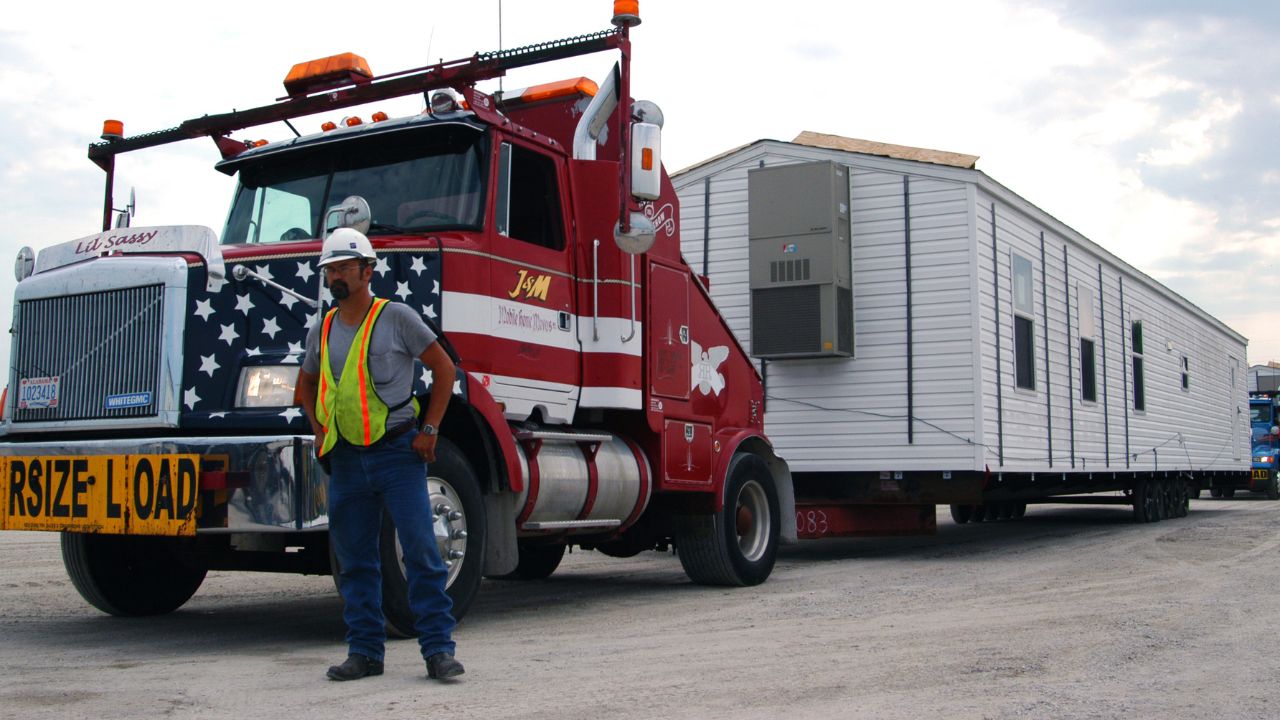
Modular or prefabricated construction relies on Henry Ford-style assembly line construction. It transforms long-term projects into products. These housing units are often built off-site in a large warehouse while other crews pour the foundation.
Construction projects are often tedious and time-consuming. Yet this method increases efficiency and cuts costs through bulk material purchases. For some, faster and cheaper construction is a huge draw.
Many cities crowded with ever-growing homeless populations need affordable housing solutions. Venture capitalists and Silicon Valley tech bros looking to be industry disruptors would love to innovate construction, too. Prefabricated housing appeals as a potential cure-all to solve the home shortage.
Benefits of Modular Homes
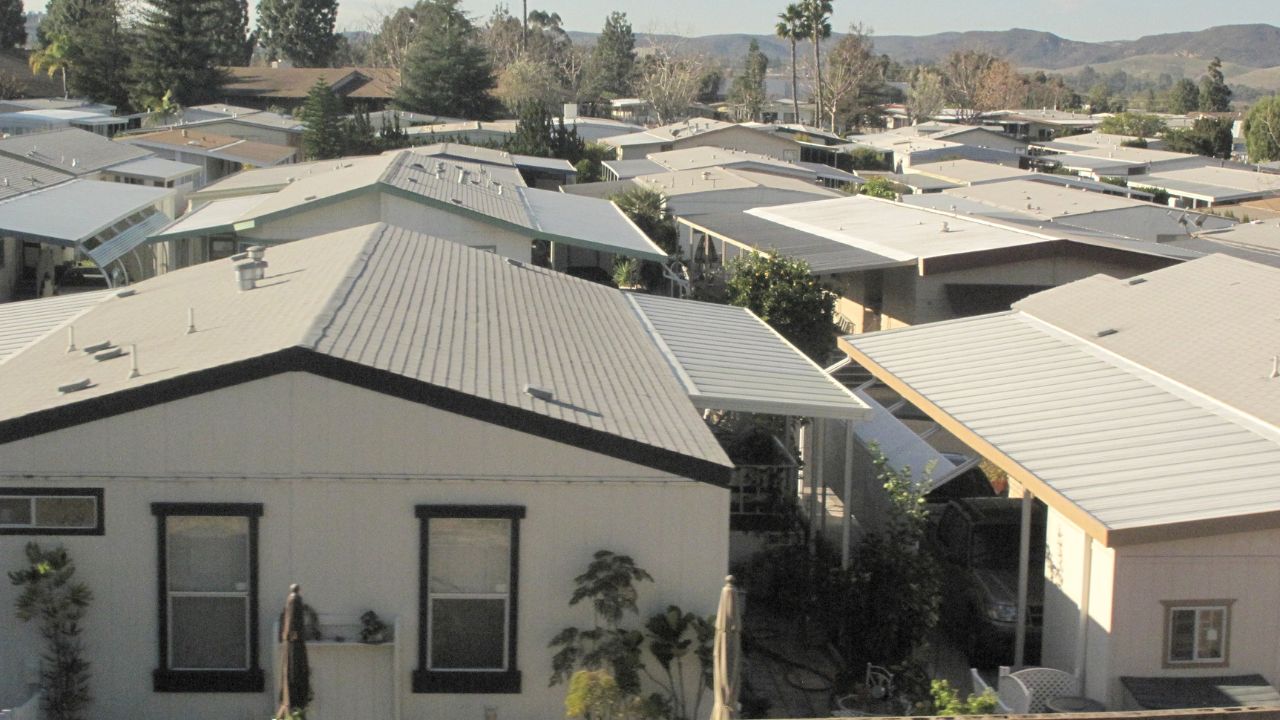
Modular housing seems innovative and positive for several reasons. at the outset, affordability with streamlined construction should reduce costs. With the right infrastructure and Industry experience, this is true. The need for less skilled workers is another huge plus in cost reduction. It helps fill the gap in the skilled labor shortage.
Quality and construction speed are more efficient than traditional construction. Authorization permits and regulations can slow the process. Modular construction is significantly faster than the alternative.
Analysis from McKinsey and Company suggests, “Modular techniques could allow home builders to accelerate end-to-end project timelines by 20 to 50% while reducing costs by up to 20%.”
Addressing labor gaps and minimizing construction costs are the beginning. Modular homes could address areas with high populations of homelessness and stabilize global housing.
Overpopulated cities in Germany, Australia, the US West Coast, and the UK need housing. Yet, there is a lack of developable land, so somewhere needs to be built. The solution could be modular homes. However, these areas face more obstacles due to a myriad of problems.
When the Blocks Stack Just Right
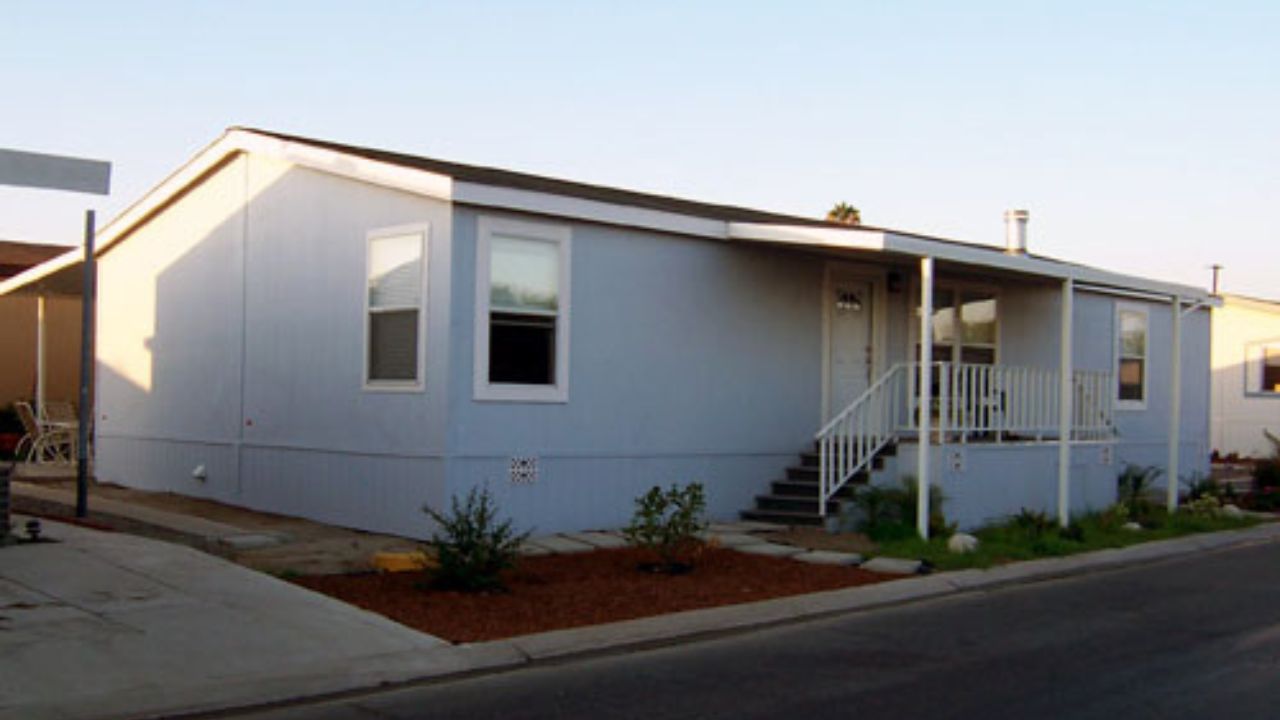
Some areas do exemplify the success of modular housing. Many countries with extensive housing shortages face a lack of land for development. Countries with streamlined construction infrastructure, like Japan and Scandinavia, incorporate sustainable prefab housing.
Yet one West Coat company, Factory OS, hopes to set the standard for modular construction in the US. Considering San Francisco’s above-average rates of homelessness and median home prices, something needs to change.
These areas are prime examples of modular housing’s success. Many factors still bring more stumbling blocks than building blocks. Unlike Minecraft, the real world doesn’t allow every piece of the process to fit together.
Challenges and Limitations of Modular Housing
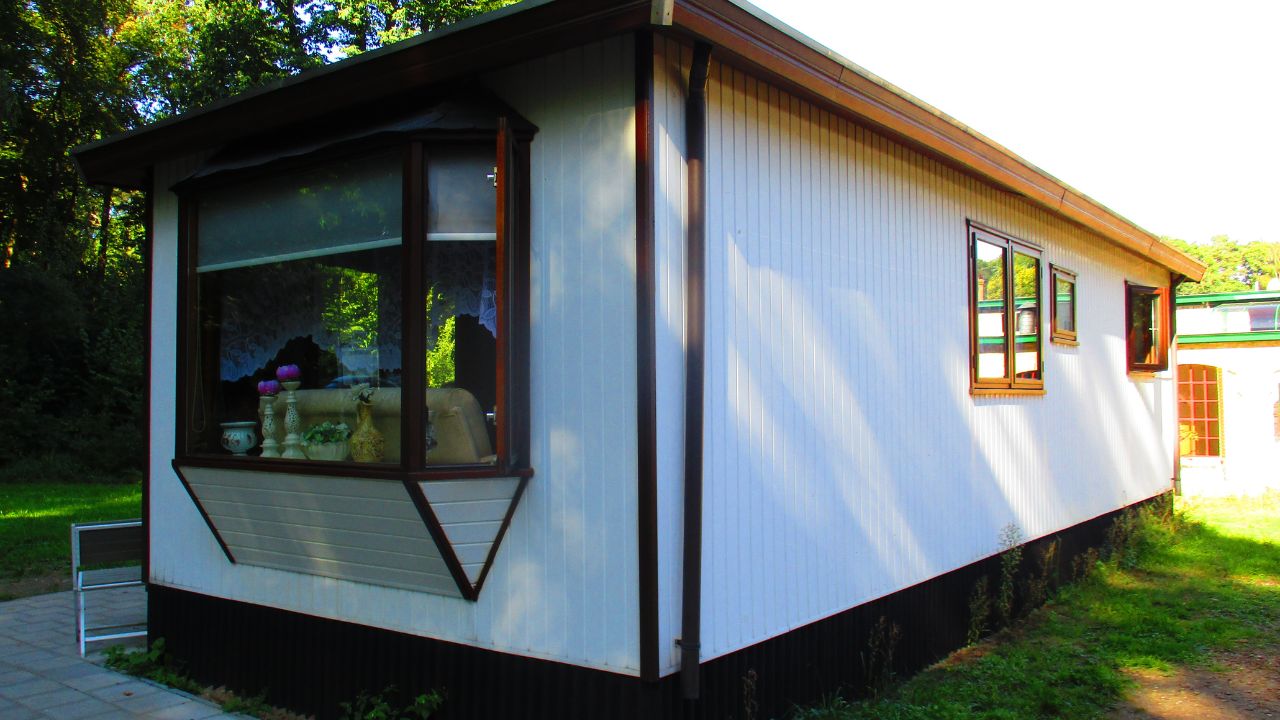
With companies like Factory OS’s success, pioneers, and sustainable prefabrication construction, you might wonder why the housing market has yet to be disrupted. Although modular construction has some great potential positives, barriers start with logistics issues.
Permits And Zoning Restrictions
In the US, overpopulated areas often need more space to generate single-family homes. Even for multi-family homes and development, these are not set to be affordable but profitable for investors and other key stakeholders. These same entities thrive on permitting and zoning restrictions holding back modular construction.
One example involves a modular construction apartment project in New York. Set back by slowdowns and stripped building code regulations, this project was built to fail. Although it took double the time planned to allow and construct, it did happen. The 32-story high-rise apartment is still well under the scope of the initial project, both in times of production and size. The profitability of this project disappeared in the time it took to save the product.
Negative Perceptions And NIMBYism
Many associate affordable housing with lower socioeconomic groups, poverty, and crime. Due to this mindset and assumption, NIMBYism develops. But modular houses aren’t always ugly and can even reduce homelessness.
Limits On Customization And Size
On another superficial level, some are concerned about the lack of customization. The stability and durability of these units are better on average than standard apartment construction. Some scoff at the sameness of it all.
Building restrictions on certain types of units also produce problems. Adopting these kinds of units to single-family housing poses more problems. These work for multi-family housing, hospitals, offices, and more. They must be more suitable for individual constructive.
Regional zoning requirements on single-family homes often exclude most modular construction. Some alternatives, like the recent development of the CrossMod design, may open the door for single-family modular homes.
Resale Value Concerns
With a targeted demographic, land and development costs mean profit is more vital than traditional construction. Regular Construction works with thinner margins until a house sells. But, commercial and multifamily real estate development operates very differently.
Most of the time, the loans involved in purchasing and developing land use wider margins and require more capital from investors. The initial investment will yield a much higher profit for the space’s desired intended use. Modular construction restricts the possibility of resale and reuse to a set demographic.
Transportation Logistics
Although profitability is higher with streamlined construction, transportation logistics can immediately profit. Getting prefabricated pods to a construction site is expensive and time-consuming. Some companies have figured out how to transport and install these units. Potential complications include transportation equipment and zoning restrictions for installing said units.
Materials Costs
Although materials costs are cheaper in bulk, this isn’t guaranteed. Units must be designed to reduce material usage across the scope of the final building. The cost to replicate units only pays for itself when built to scale. Building smaller size projects reduces the savings from both material purchases. This disincentivizes small-scale products
Why Modular Builders Don’t Stack Up
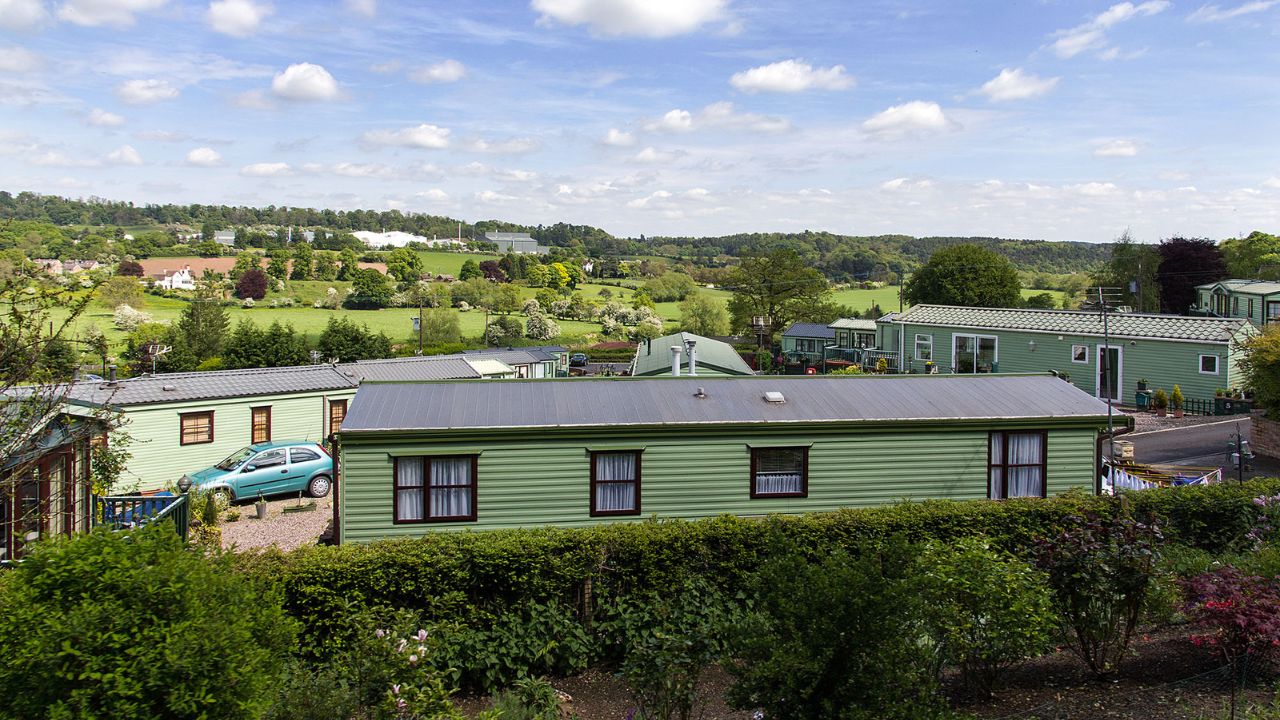
Zoning, permits, supply chain logistics, materials costs, and lack of industry all add up to one failed venture after another. Even experienced home builders need help entering the modular housing niche. Here’s a list of all the failed startup modular construction companies in the last two years.
- Blokable
- Katerra
- Pulte Homes
- RAD Urban
- Veev
Inexperience in the housing and construction industry was a critical misstep for many investors. People who aimed to ‘disrupt’ the real estate industry treated logistics as an afterthought. Transportation and subcontracting costs tanked them before they ever got off the ground.
Lack of Financing Options
Modular construction development requires vastly different funding needs than commercial or residential construction. Risk margins and timelines for traditional construction are tighter than those for prefabrication.
High startup costs create vital connections in the industry and scare away some investors. Sinking costs into transport and supply chains before fully building products is not the smartest move.
Inability to Scale
Scaling a modular startup comes with problems. Construction delays are likely even with enough capital for infrastructure. Getting finished units to the site takes more work than most modular builders realize. Transporting and shipping oversized goods is regulated by many regulations, varying by city and state.
Putting the Pieces Together
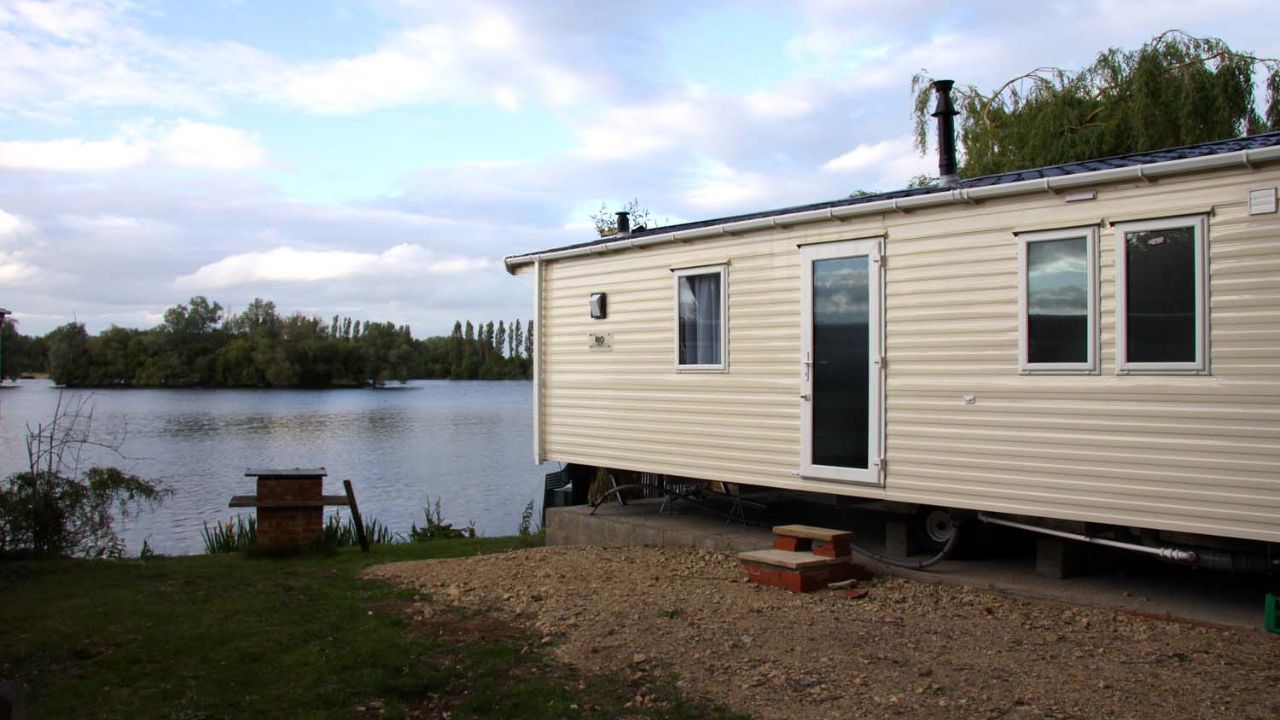
Expanding modular housing is possible. Take a note from Factory Os or Volumetric Building Company, which bought out Veev, as examples of success. Owners established critical infrastructure and unique business models relying on pre-existing professional networks.
With strong industry partnerships, a modular construction company might succeed in overcoming logistical obstacles. Buyers and local governments may support further development as companies continue to reduce homelessness. Modular construction shows promise for affordable starter homes if key challenges are addressed. Minecraft-like modular homes could help the affordable housing crisis with the right policies and business models.






